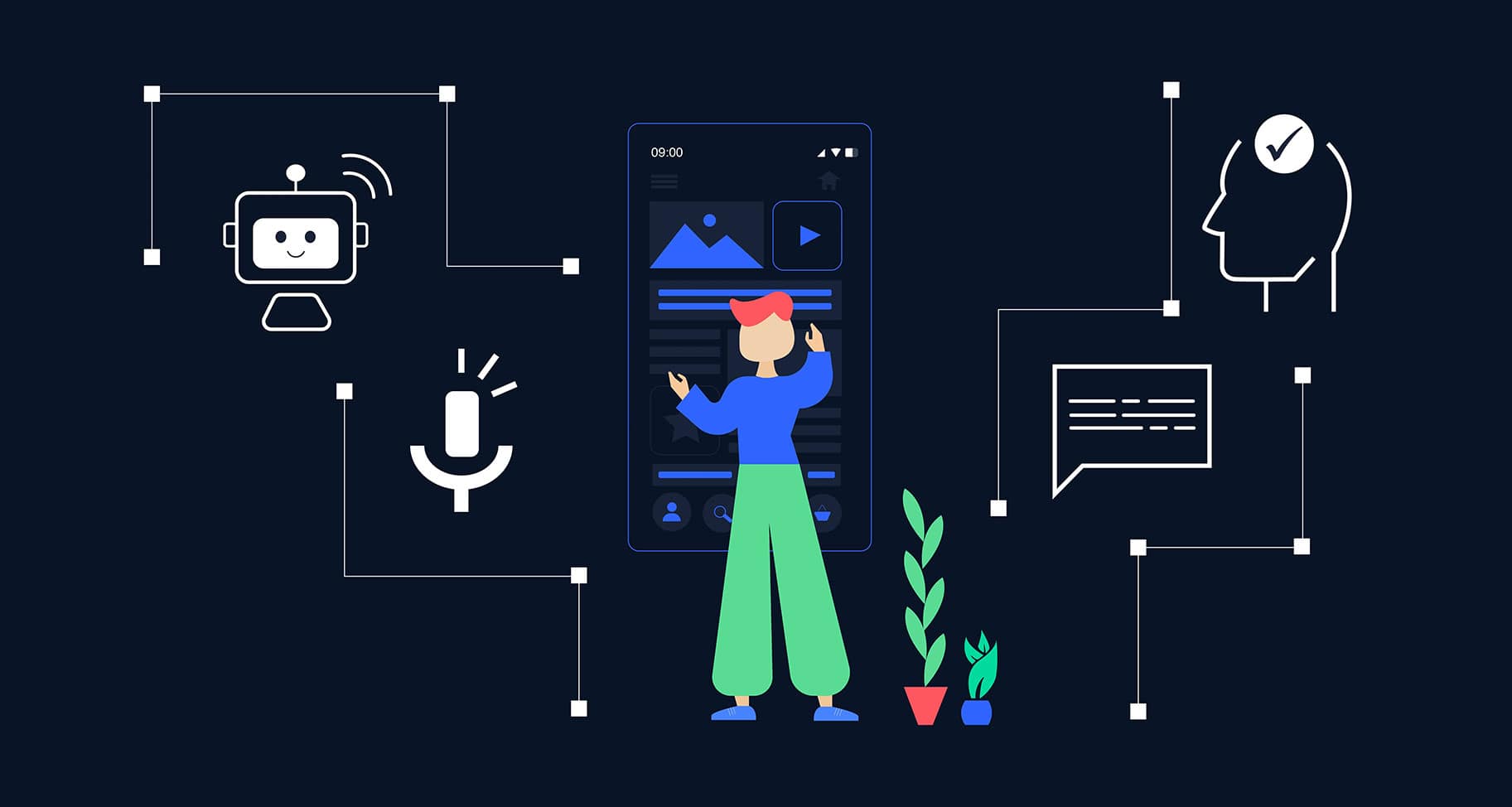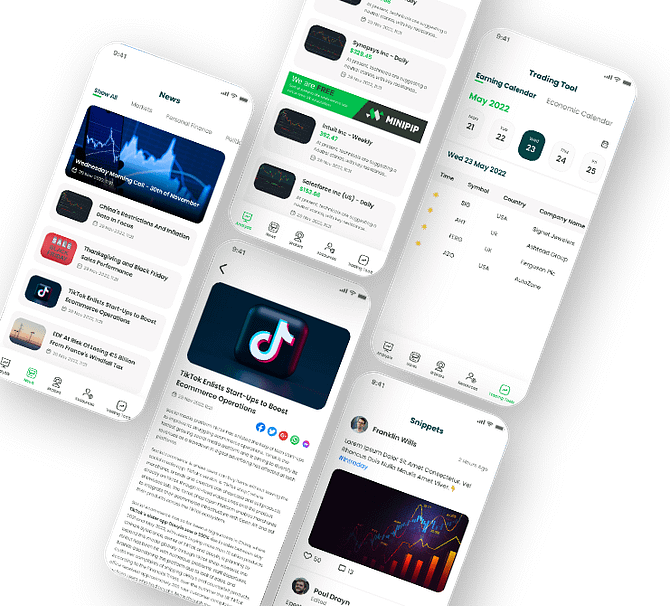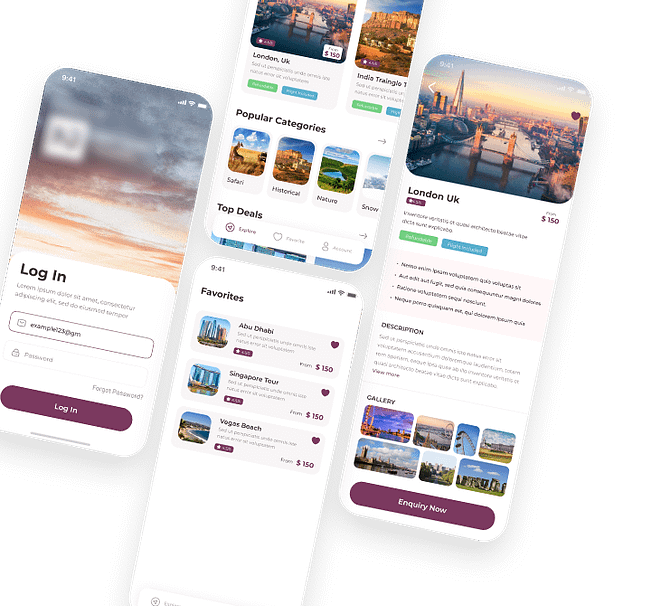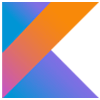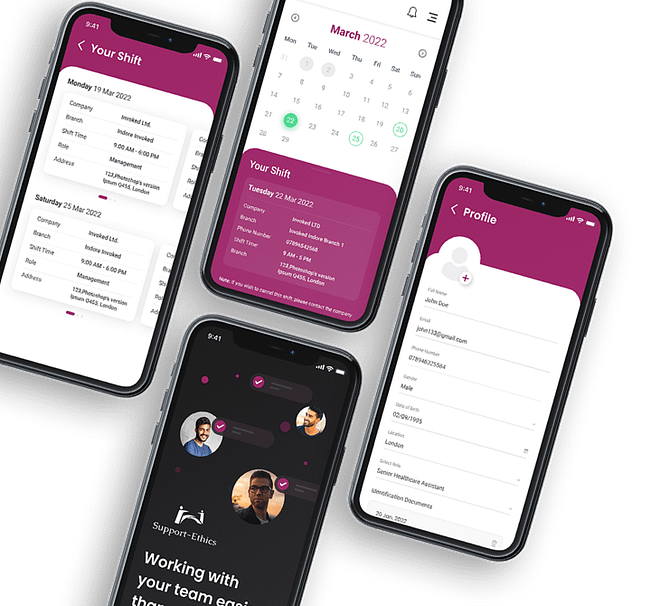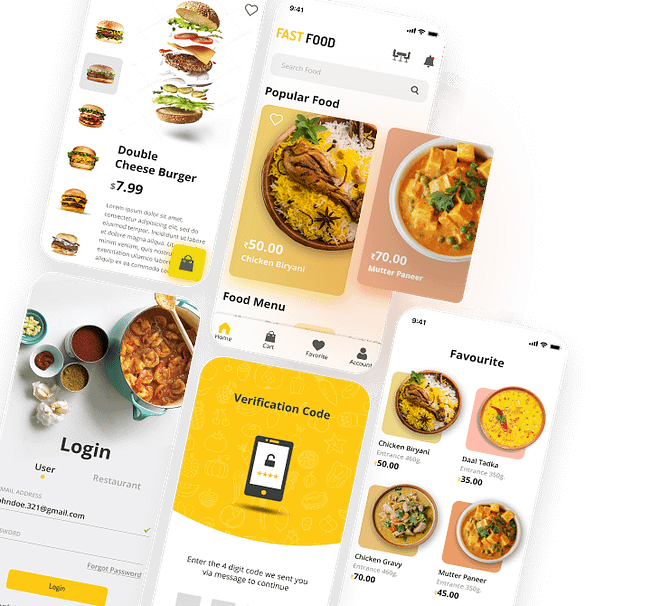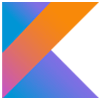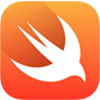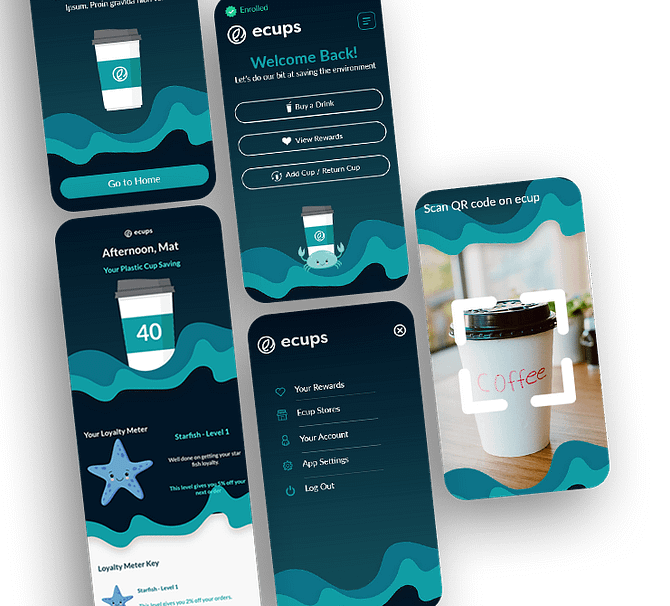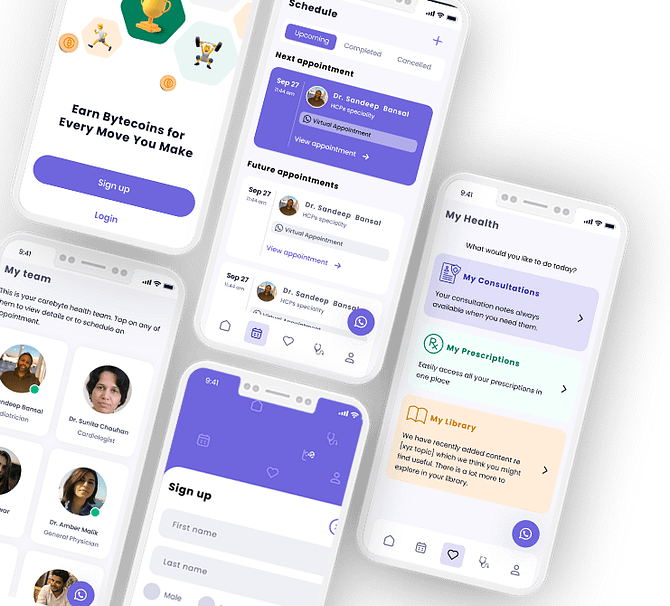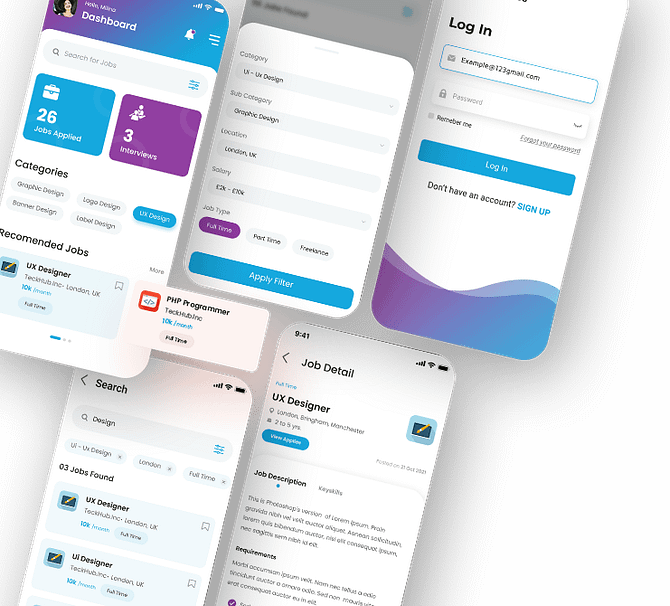Whether you are a startup, small business, or large enterprise, developing a robust mobile application can significantly enhance customer engagement, optimize business processes, and drive revenue. However, building an app goes beyond having a great idea; it requires selecting the right framework to bring that idea to life. The appropriate mobile app development framework will not only streamline the development process but also ensure scalability, security, and cost-efficiency for your app.
In this guide, we will explore the key factors to consider when selecting a mobile app development framework, including programming languages, development costs, security, scalability, and the debate between native and hybrid app development.

1. Let’s start with designs, User Experience (UX) and User Interface (UI)
UI (User Interface) and UX (User Experience) planning are critical aspects of mobile app development that can greatly influence an app’s success. A well-designed UI ensures that users can easily navigate the app, offering a visually appealing and intuitive experience. UX focuses on the overall flow and how users interact with the app to achieve their goals seamlessly. If the UI is cluttered or the UX is confusing, users are likely to abandon the app, leading to poor retention and negative feedback.
This is where the role of a qualified UI/UX developer becomes essential. They use specialized tools like Figma, Adobe XD, and Sketch to create wireframes, prototypes, and visual designs that help bring ideas to life. These tools allow developers and designers to collaborate in real-time, ensuring that the app’s design aligns with the project’s vision and user needs.
By conducting user research, prototyping, and usability testing, a skilled UI/UX developer refines the design process, creating an app that not only looks good but is also user-friendly. Effective UI/UX planning enhances user engagement,
boosts customer satisfaction, and increases the chances of long-term app success, making it a critical investment in the development lifecycle
2.Understanding Mobile App Development Frameworks
Mobile app development frameworks are software platforms that provide developers with tools, libraries, and best practices to build mobile applications. These frameworks serve as a foundational structure, helping developers efficiently create high-quality apps by streamlining the coding process.
Native vs. Hybrid Apps: Making the Right Choice
One of the initial decisions you’ll face when choosing a mobile app development framework is whether to develop a native or hybrid app. Each option has distinct advantages and limitations, depending on your business objectives.
Native Apps
Native apps are designed specifically for a particular platform, such as iOS or Android, using platform-specific programming languages. For example:
- iOS: Swift and Objective-C
- Android: Java and Kotlin
Advantages of Native Apps:
- Access to Device Features: Native apps can fully utilize platform-specific hardware and features such as the camera, GPS, and notifications.
- Enhanced User Experience: The UI/UX of native apps is optimized for the platform, resulting in a more polished and responsive user experience. However, the popular hybrid platforms like Flutter and React give equally good user experience with their recent updates as of 2024.
Disadvantages of Native Apps:
- Higher Development Costs: Developing separate apps for iOS and Android can significantly increase development costs.
- Longer Development Time: Maintaining two distinct codebases requires additional time and resources.
- Higher maintenance, dependencies and longer deployment time: As you have dependencies on two developers with different skill sets maintaining two different code base, the testing and deployment time is significantly longer then the hybrid code base which means higher cost.
- Hybrid Apps – Mainly considering Flutter and React Native. Check our portfolio of Hybrid Apps.
Hybrid apps are developed using single code base, which are then wrapped in a native container. Frameworks like React Native, Flutter, and Ionic enable developers to write code once and deploy it across both iOS and Android platforms resulting in faster deployment.
Advantages of Hybrid Apps:
- Cost Efficiency: A single codebase for both platforms reduces development time and expenses.
- Unified Development Team: A single team can manage both iOS and Android, simplifying project management.
- Faster Time to Market: The streamlined development process enables quicker app launches.
Disadvantages of Hybrid Apps: Hybrid platforms like Flutter have made significant progress in recent years and no longer lag behind native platforms in any meaningful way. However, some disadvantages may include:
- Compromised performance on graphic-intensive apps: If your mobile apps are heavy graphic intensive, you might find them performing better on the Native platforms – specifically for the tasks which need computationally heavy tasks.
- Limited Access to Native Features: While modern frameworks offer extensive access to device features, there may still be restrictions compared to native apps.

3.Key Programming Languages for Mobile App Development
Choosing the right programming language is essential when developing both native and hybrid apps. Here are some of the top languages to consider:
- Swift (iOS):Swift is Apple’s primary language for iOS development. Its clean syntax and high performance make it the preferred choice for building iOS apps, offering deep integration into the Apple ecosystem.
- Kotlin (Android):Kotlin has become the leading language for Android development, replacing Java. It provides concise syntax, improved safety features, and enhanced performance, making it highly effective for Android projects.
- JavaScript (React Native):JavaScript powers React Native, one of the most popular frameworks for hybrid app development. React Native allows developers to create mobile apps with a native look and feel while maintaining a single codebase for both iOS and Android platforms, making it highly efficient for cross-platform development.
- Dart (Flutter):Dart is the language behind Flutter, Google’s rapidly growing UI toolkit for building natively compiled apps across mobile, web, and desktop platforms. Known for its high performance and cross-platform capabilities, Dart enables developers to create apps from a single codebase with impressive speed and efficiency.
4. Cost Considerations : Discuss and estimate the cost of your projecthere.
The cost of developing a mobile app varies depending on several factors, including the app type (native or hybrid), complexity, and the chosen framework.
Native App Development Costs
Native apps tend to be more expensive as they require separate development for iOS and Android. The cost escalates with complex features such as third-party API integrations, real-time databases, and advanced user interfaces. Despite the higher cost, native development is often ideal for businesses that need high performance and specialized features.
Hybrid App Development Costs
Hybrid apps are generally more cost-effective, with a single codebase for both platforms saving both time and money. However, potential performance limitations should be weighed against any initial savings.

5. Scalability
Scalability refers to the app’s ability to grow and handle increasing user demand without compromising performance—an essential factor for businesses expecting rapid growth. Native and Hybrid platform are equally scalable solutions. Google and React Native being on the forefront of the Hybrid platform, in 2024, we do not see any scalability issues with these platforms.
Scalability of your application depends on many other factors like frontend and backend infrastructure, development plan, database, hosting etc. You must consider Scalability as a key factor in the early stages of your project plan
Conclusion
Selecting the right mobile app development framework is crucial for the success of your app. Whether you opt for hybrid apps for cost-efficiency and quicker time to market or Native platforms for computationally heavy tasks, the decision should align with your business objectives, budget, and target audience. Consider key factors such as security, scalability, and user experience, and consult with experienced developers to determine the best course of action for your app.
If you would need further help, feel free to book our 30 mins, FREE no obligation, consulting session with our experts.
Check out some examples mobile application projects on our website: www.invoked.uk
